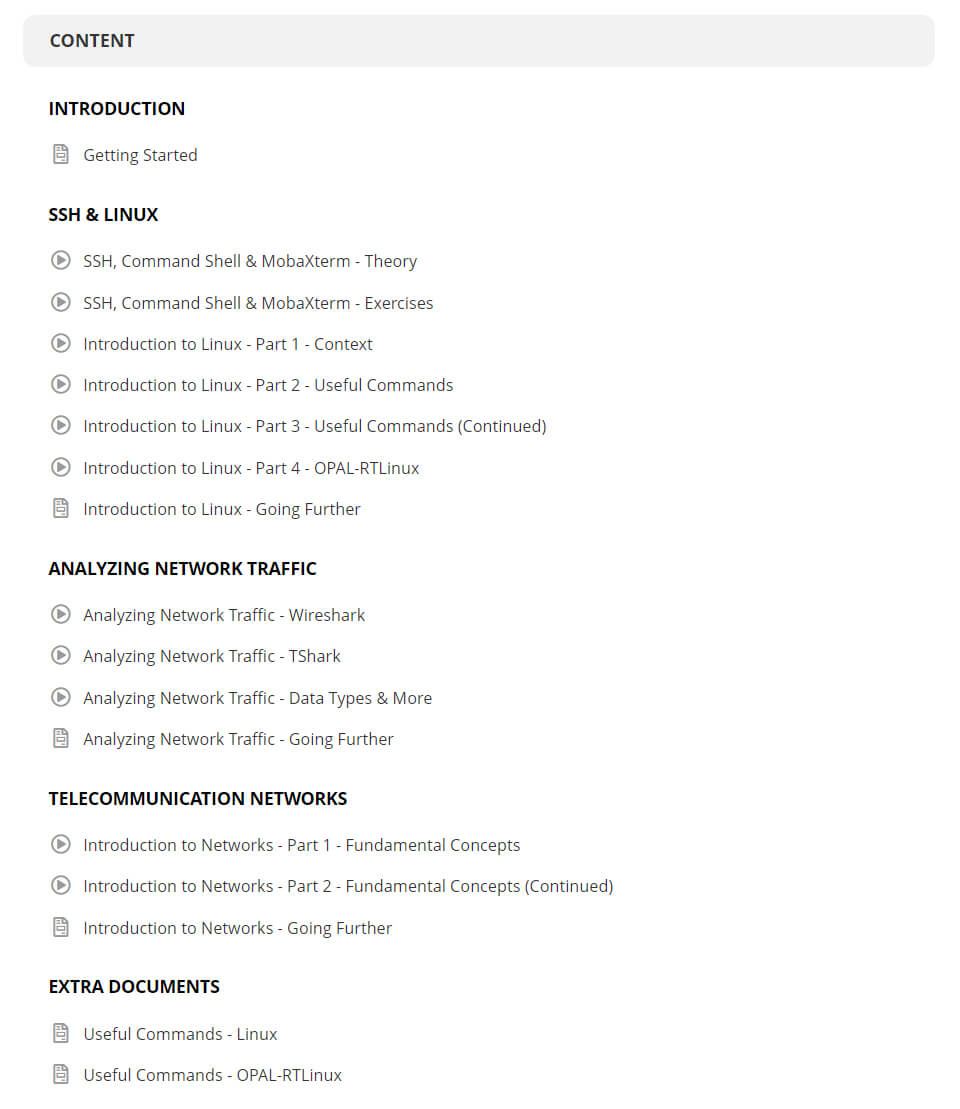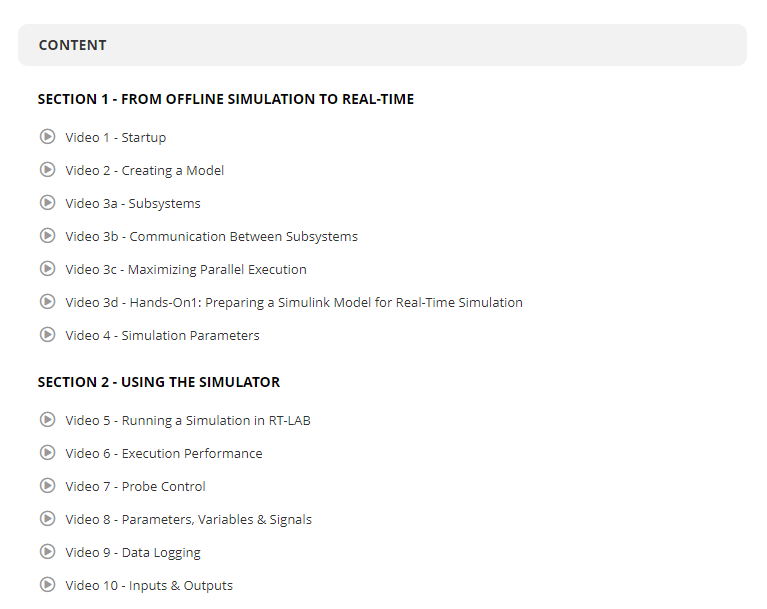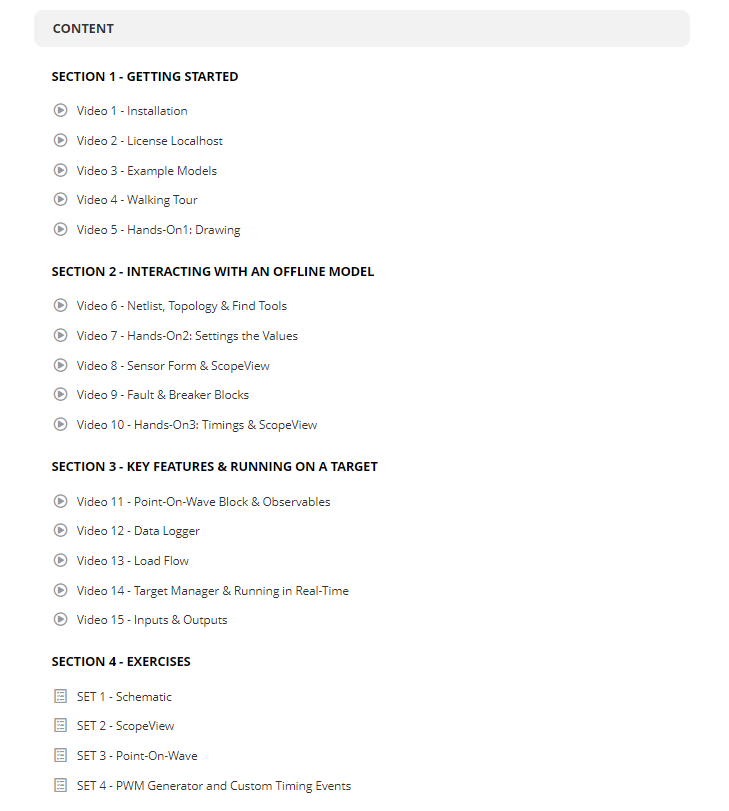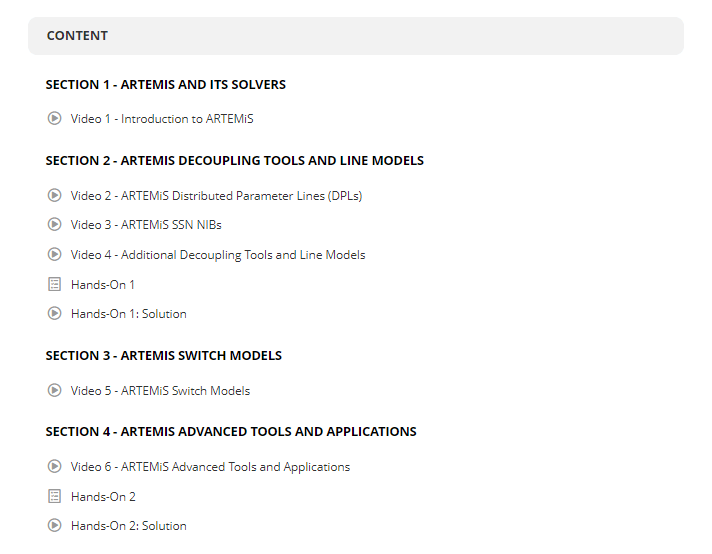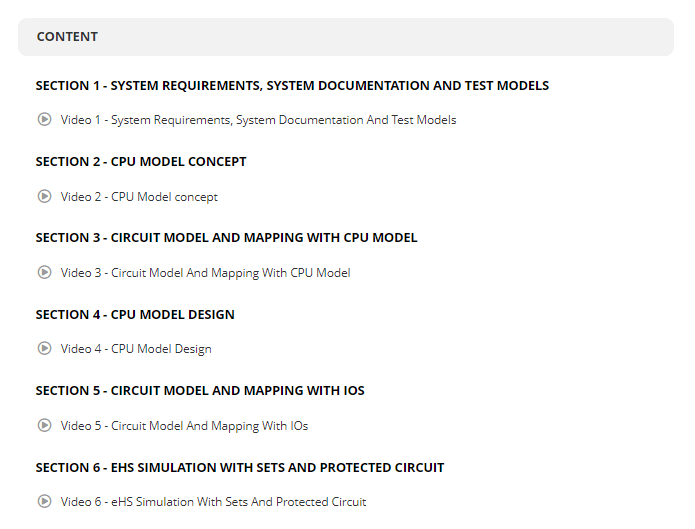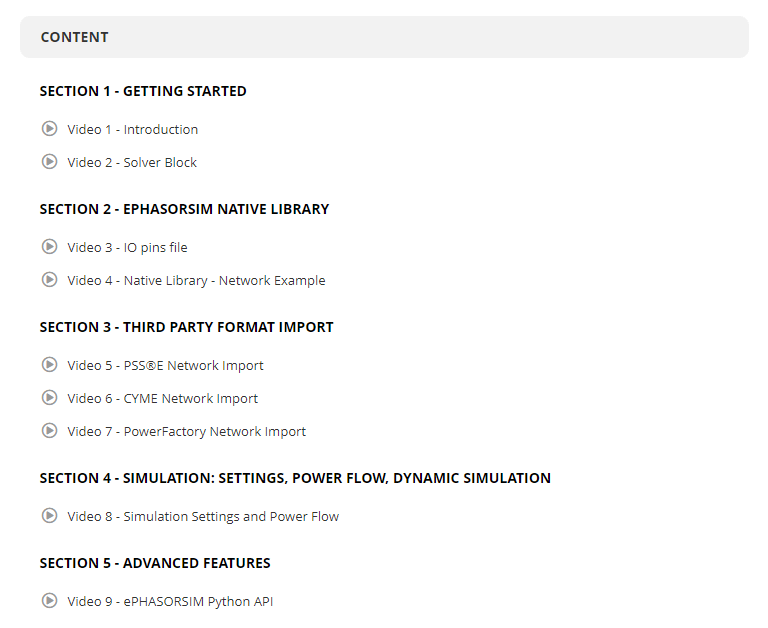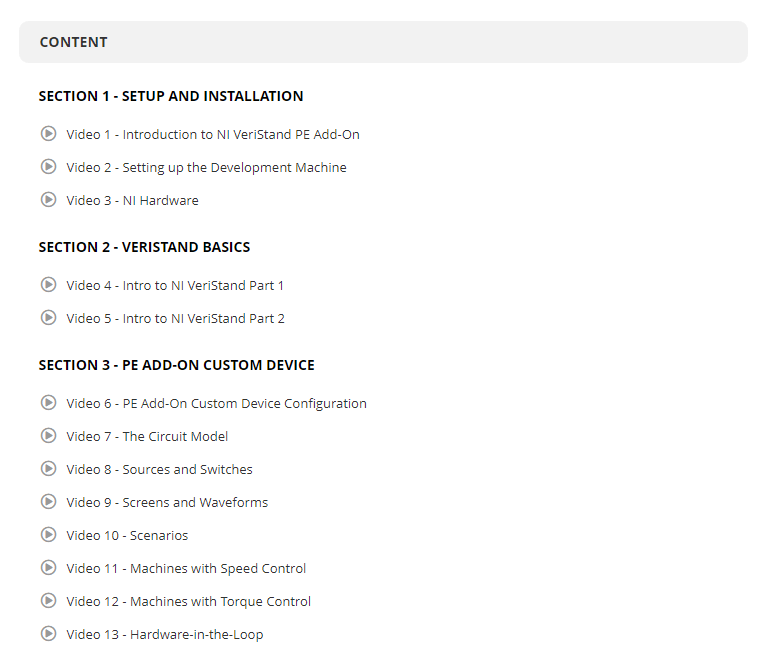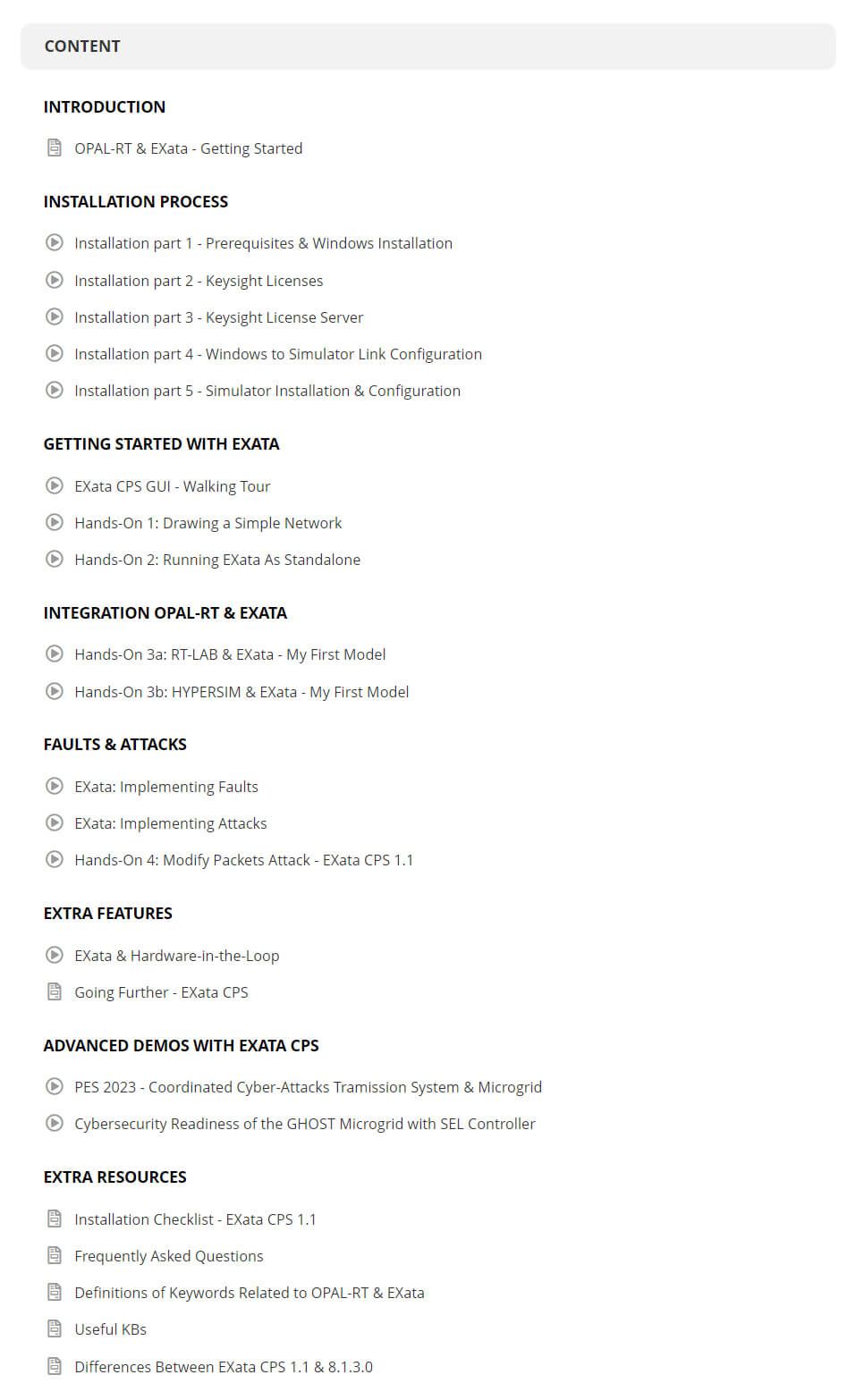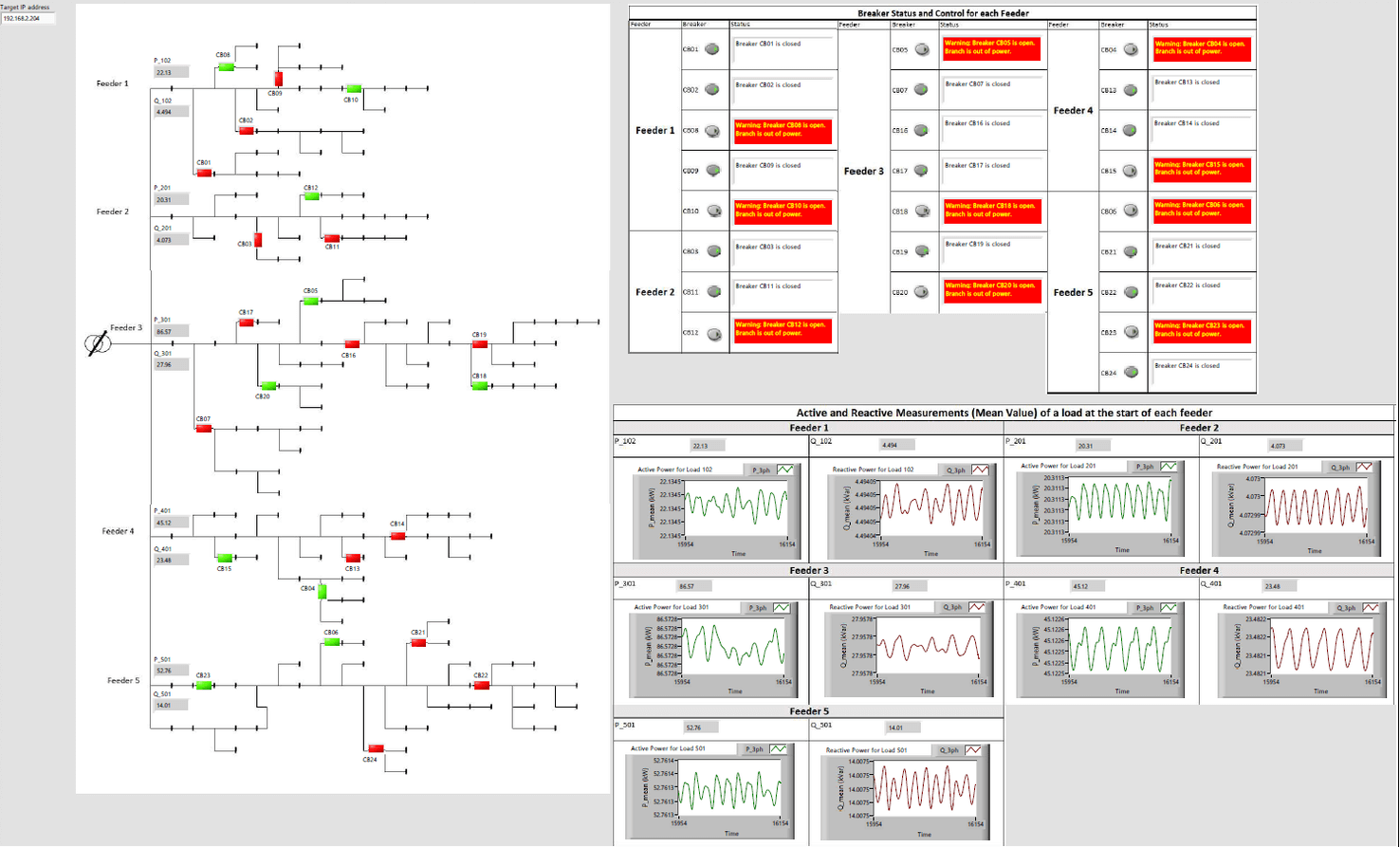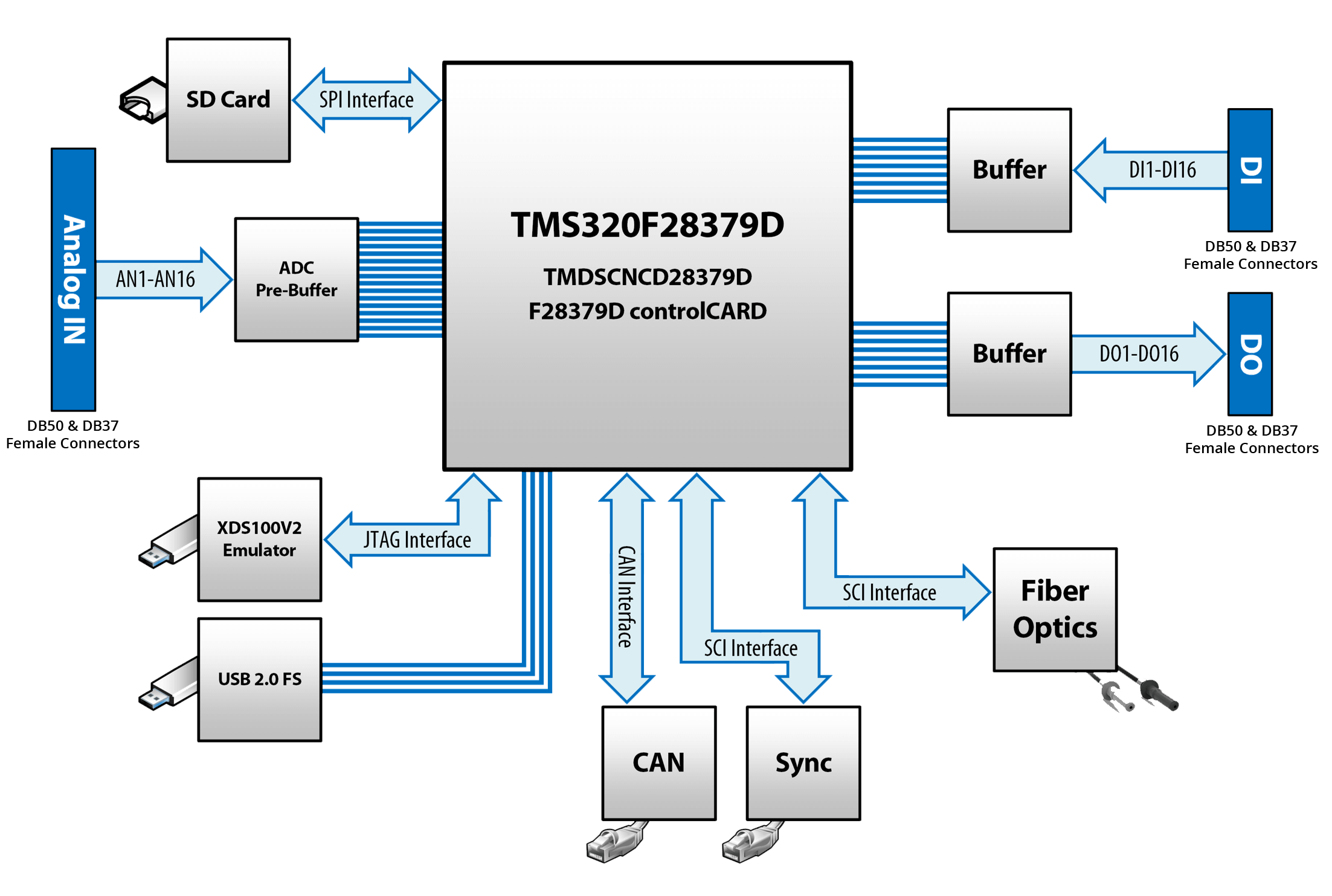Product News
September 25, 2018
OPAL-RT Introduces Nanosecond Power Electronics Solver on HYPERSIM®
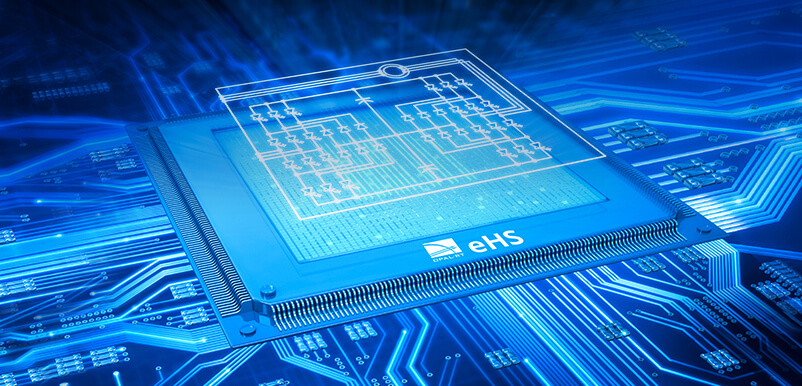
OPAL-RT Introduces Nanosecond Power Electronics Solver on HYPERSIM®
OPAL-RT introduced two new offerings for PES and CIGRE 2018 in late-Summer/Fall, 2018: our nanosecond power electronics solver, eHS, on HYPERSIM and our first cloud offering, HYPERSIM on Demand, for full-featured EMT simulation on our premiere platform before going to real time.
(A forthcoming blog post will talk about HYPERSIM on Demand—stay tuned!)
We spoke with Simulation Specialist Weihua Wang, from OPAL-RT’s R&D organization and an invaluable connection with our Asian sales offices, about why both OPAL-RT and the market are excited about this new Power Electronics on HYPERSIM introduction.
Interviewer (IV):
“Weihua, it’s nice to meet you. Your name comes up again and again in R&D conversations. So: can you speak briefly, please, about what is so exciting about this new product launch?”
Weihua (WH):
“Well, we’ve just launched eHS on HYPERSIM, which now makes HYPERSIM much more than just a real-time power system simulator. It was already incredibly strong, scalable and versatile, and a market leader. So, it’s only made a great thing even better–and now it also does real-time power electronics. We’ve seen exponentially more power systems over the last few years equipped with power electronics converters at the low to medium voltage levels. So, when we think about the power converters used for renewable energies, microgrids, or HVDC transmissions, for example, all these contexts can benefit from faster power electronics simulation.”
IV: “How exactly does FPGA simulation help our customers?”
WH: “As I was saying, we’re seeing more power electronics implemented in power systems, for starters. At the same time, converters’ switching frequencies have become higher, and these high-speed switching events are beyond the simulation capabilities of a CPU platform alone. We already had power electronics simulation on FPGA in our catalog (known as eHS to OPAL-RT clients), and now we’ve brought this core strength to HYPERSIM, so we get the best of both worlds, really. HYPERSIM, augmented with an FPGA (and with its existing CPUs), can now simulate high-frequency phenomena with astonishing time precision and hence electrical accuracy—and all of this within the context of really very large power systems.”“So, there are these breakthroughs, which I think both our new and existing customers will find exciting. But there’s also usability, interface, and workflow improvements. The new Schematic Editor removes the need for 3rd party modelling software. And HYPERSIM has all the necessary tools in one place, under one roof as it were: report generation, automatic task splitting to use all available cores, an advanced digital scope with built-in analysis functions, an API, and more, all of this for real-time HIL and test automation, power electronics/power systems, etc. Everything is all there in one suite in HYPERSIM.”
“Before, if we had simulated a large high-speed power system/power electronics environment, we’d have to interface with MATLAB, and we had at least three files, two environments, and two real-time simulators. Now we need just a single HYPERSIM project, a single environment and a single simulator. When we used to co-simulate, we’d have to have eHS on RT-LAB and HYPERSIM running separately, we’d start things running with scripts, we had some tricks—and it worked, but it was an elaborate workaround. And now we have everything in one box, so to speak.”
IV: “Weihua, could you give a real-life example where eHS on HYPERSIM—the porting of our nanosecond power electronics solver to our premiere platform—has enabled a previously unachievable goal for our customers?”
WH: “We can now simulate from DC up to 100 kHz, and we also simulate generation, transmission, pretty much the whole architecture of power systems, from the lowest level—your home—to the highest, up to 750 kV or more than 1,000 kV; HYPERSIM with eHS vastly expands the spectrum of what we can simulate.”
“Previously, the solutions for power electronics, in general, were unclear in HYPERSIM—it always excelled as a tool for power systems. It was also okay for LCC, which was mature, and the first generation of HVDC converters. But for the newer topologies, e.g. the new VSC-based converters, we didn’t have clear solutions. We were either using average models which were sufficient from a high-level point of view—with PQ and the general dynamics—or custom solutions for the more demanding projects such as MMC converters…”
“…But we could not simulate amplification of harmonics or harmonic penetration. So, when we’d study the complex dynamics of renewable energy interfacing with traditional power systems, the solution was great, but it wasn’t perfect. With the advance of eHS in this new release, we’ll considerably strengthen this part. You know, we’ve innovated with the eHS solver—it was a big breakthrough six years ago—at that time, no one had thought about simulating power circuits on FPGA. It’s been very well-accepted by many customers, but because of previous limitations, when people wanted to simulate both renewable energy and huge power systems, we had to rely on the MATLAB compiler, which was and is still incredibly slow compared to HYPERSIM.“
“When clients had these particular needs in the past, they used to have to do co-simulation with the eHS model in MATLAB and the power system in HYPERSIM, both connected by an optical fibre link—the workflow wasn’t great, we were doing it, but the workflow required case by case customization. We had to consider many issues such as incompatibility between software versions and delays over the optical fibre link.”
IV: “In your opinion, what does bringing FPGA simulation to HYPERSIM represent for this product?”
WH: “The introduction of our nanosecond power electronics solver to HYPERSIM is intended for an audience and a sector that’s growing hugely: all of the renewable energy technologies, all of the power system and power electronics users. Now we have another processor more suitable for power electronics simulation—the FPGA. We can save a lot of resources with the FPGA—the speed of it—and then use the CPU for the simulation of AC or slower dynamics systems. So, we expand our skill base, our strengths, and our resource usage, as well as the scalability. And we replace a lot of manual or customized work with a stronger, more generalized platform that meshes perfectly with what the market is looking for now. It’s really a win-win situation for customers.”
“The FPGA itself represents another level of integration of OPAL-RT products. Across our product line, we had strong, world-class products that each addressed different needs. Historically, each one of the applications did one thing very well. And now we see all our strengths merging together, showing a dedication to a more diverse, demanding audience. We’ve married our former strengths to our new, current strengths and come up with some exciting hybrid products.”
IV: “In closing, what do you think this product and platform innovation means for the industry?”
WH: “In the electric power systems industry, it obviously evolves as with any other industry. In the 1960s, there wasn’t much DC; everything was AC. Then in the late 1960s and early 1970s, traditional HVDC systems entered the picture—and HYPERSIM emerged from that background. HYPERSIM has obviously evolved a great deal from that date on an ongoing basis.”
“But since this century started—the 21st century—we’ve seen exciting new energy sources and renewable and evolving sources. Before this year, there wasn’t any one complete solution that could simulate all the current power systems with great accuracy—there was no perfect tool, at a large scale. There were customized solutions, but nothing turnkey or practical at higher speeds, with larger networks. Our competitors all started to develop solvers on FPGA much later than we did—so we have a big, strong head-start in that sense. And now we find ourselves with deep knowledge of power electronics, unrivalled in the market. And eHS on HYPERSIM represents a breakthrough at that scale and at that speed, tackling today’s and tomorrow’s challenges.”
IV: “Weihua, it’s been a pleasure speaking with you, and I wanted to thank you for your time. Some very valuable insights being shared here, so thanks again.”
About the Interviewee:

Weihua Wang was born in Beijing, China in 1982. He received his M.Sc.E degree from the University of New Brunswick, Canada in 2007. He joined OPAL-RT technologies in 2009, and is currently working as a simulation specialist as well as the chief representative of the Asia-Pacific Technical Center.
Since 2010, Weihua has been involved in the development of real-time models for MMCs. He developed and commissioned eight VSC-HVDC Hardware-in-the-loop test benches in the past five years. He also participated in, or supervised the factory acceptance tests of, control and protection systems using real-time simulators for all five MMC projects in China using OPAL-RT simulators: Nanhui in 2011, Nan’ao and Zhoushan in 2013, and Xiamen and Lu-xi in 2015. He is currently participating in a project with CEPRI to build one of the largest HIL test benches, in order to simulate the main backbone of the Chinese State Grid, which includes more than 18 LCC or VSC-based HVDC links.
His fields of interest are real-time simulation of VSC-based HVDC systems, DC distribution networks and smart grids, as well as complex medium voltage drives.


